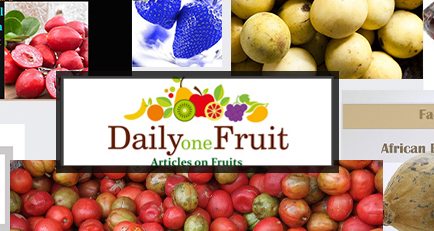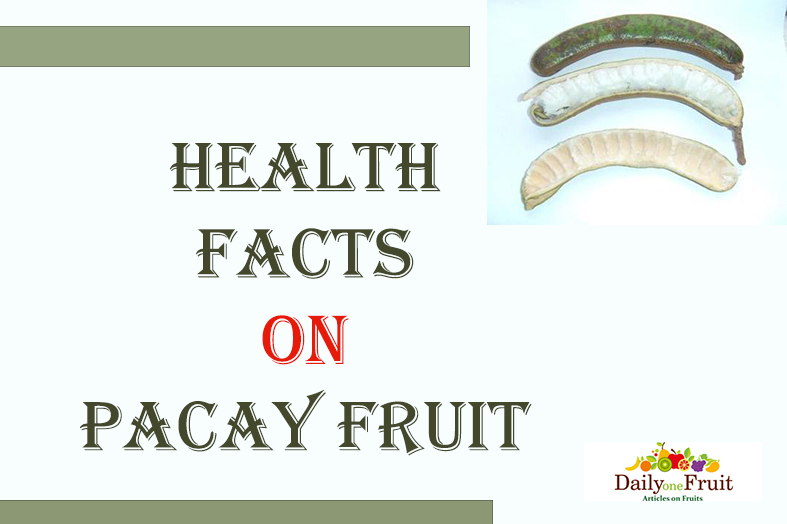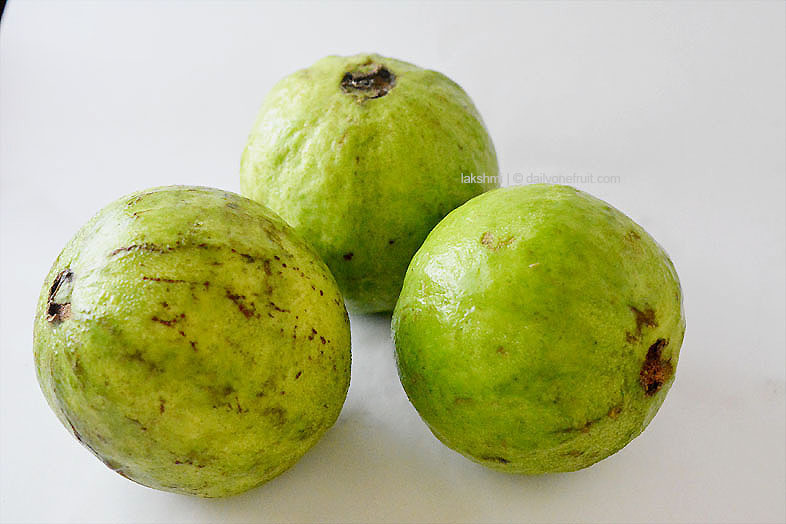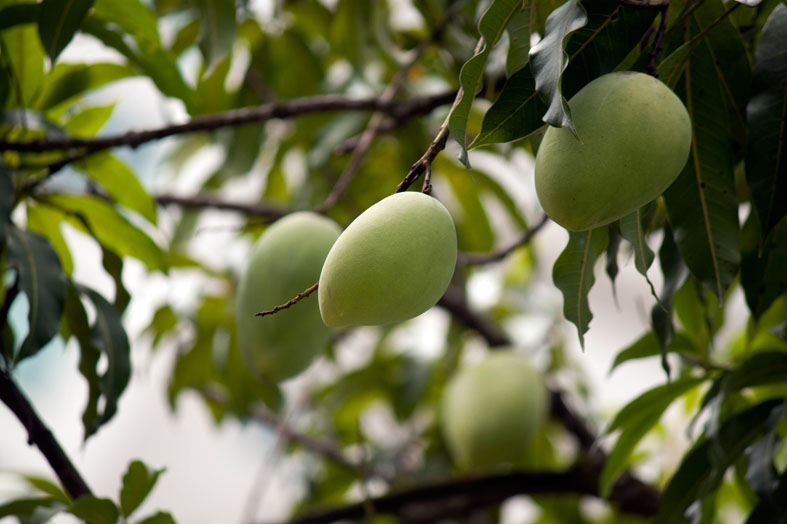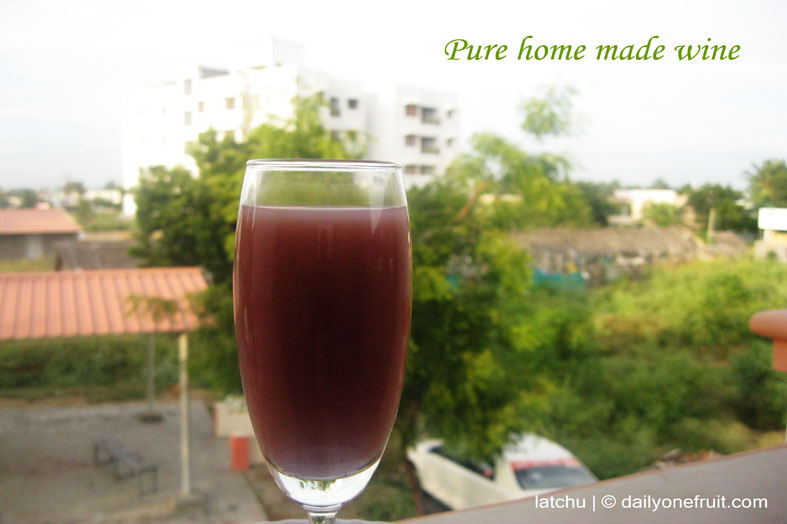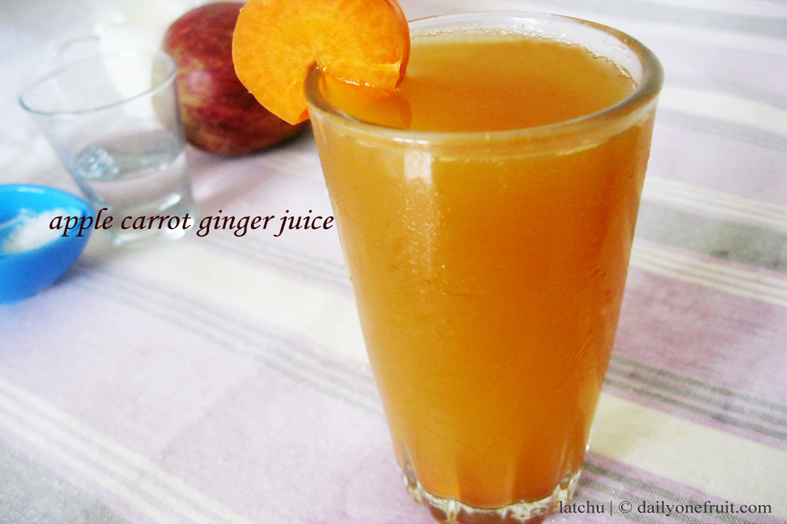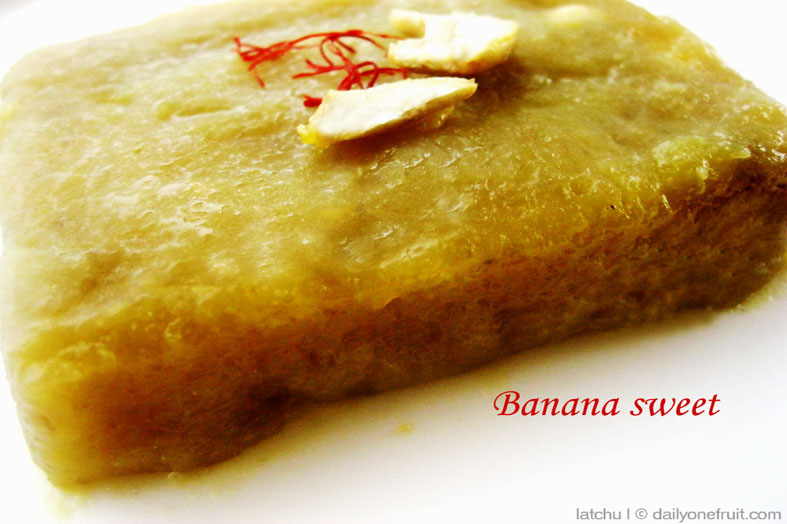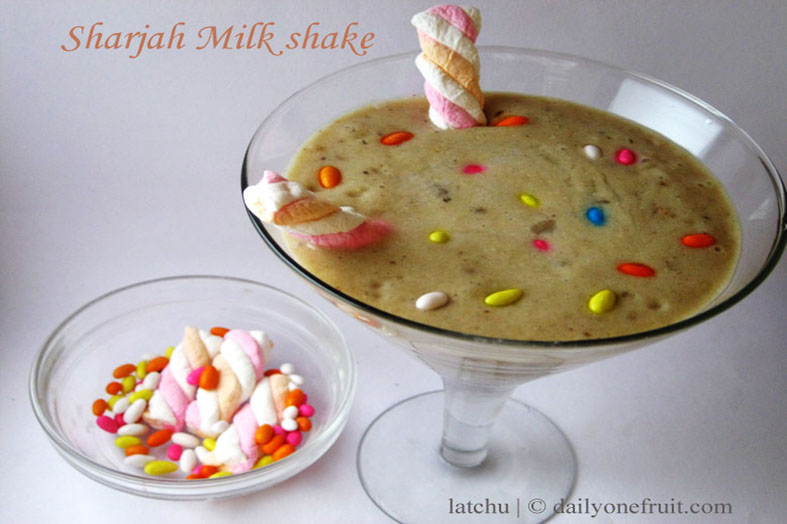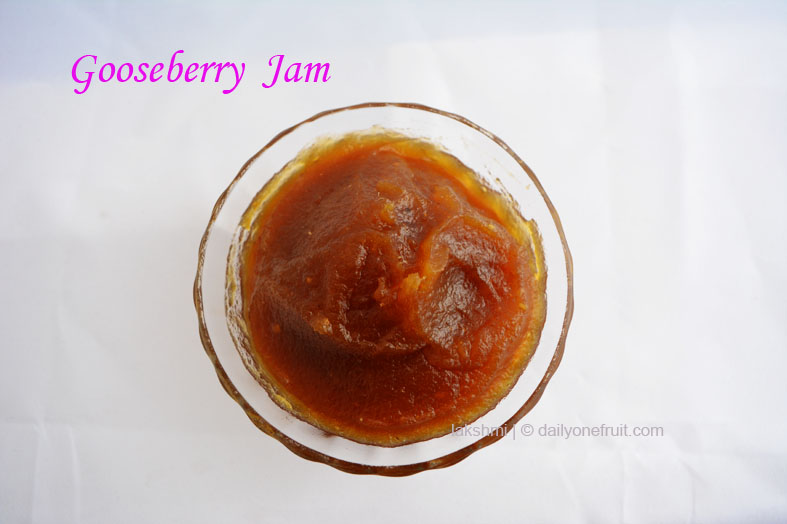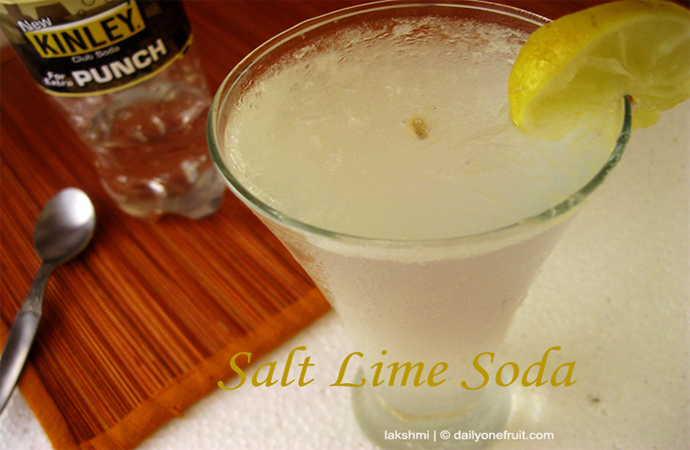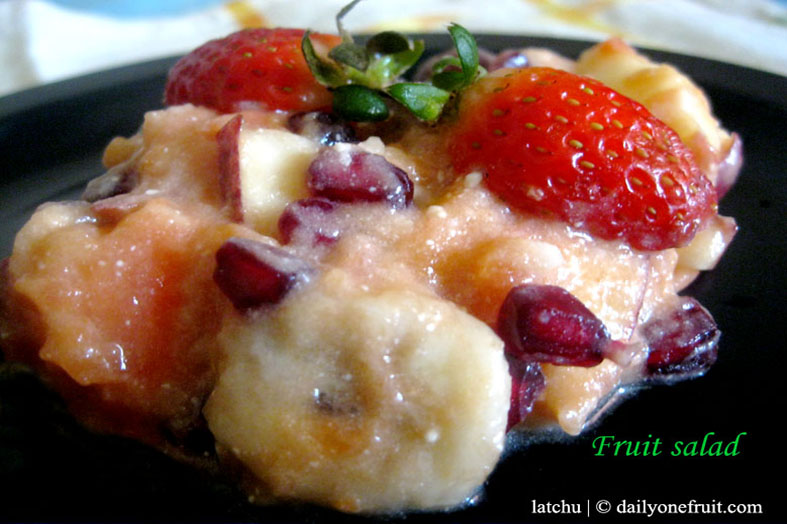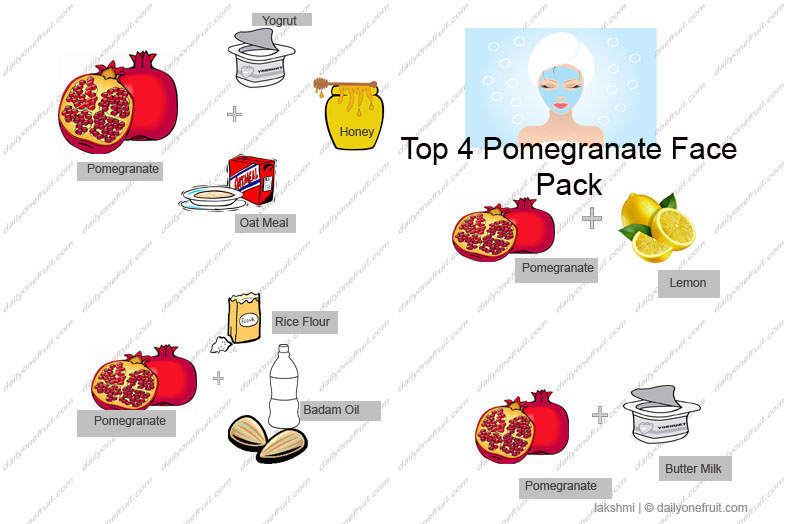
List of Scientific Names of Fruits
Botanical Scientific Name of Finger Limes is Citrus australasica
Botanical Scientific Name of Sugar Apple is Annona squamosa
Botanical Scientific Name of Cucamelon is Melothria scabra
Botanical Scientific Name of Kaki fruit is Diospyros kaki
Botanical Scientific Name of Wood Apple is Aegle marmelos, Limonia acidissima.
Botanical Scientific Name of Red Banana is Musa acuminata
Botanical Scientific Name of Miracle Fruit is Synsepalum dulcificum
Botanical Scientific Name of Meyer Lemon is Citrus x meyeri
Botanical Scientific Name of Pineberry is Chiloensis, Fragaria x Ananassa
Botanical Scientific Name of Pomelo is Citrus maxima, Citrus grandis
Botanical Scientific Name of Aronia Berry is Photinia melanocarpa
Botanical Scientific Name of Langsat fruit is Lansium domesticum
Botanical Scientific Name of Ambarella fruit is Spondias dulcis
Botanical Scientific Name of Karonda Fruit is Carissa carandas
Botanical Scientific Name of Kiwano fruit is Cucumis metuliferus
Botanical Scientific Name of Ice apple is Borassus flabellifer
Botanical Scientific Name of Rayan/Khirni is “Manilkara hexandra” or “Mimusops hexandra”.
Botanical Scientific Name of Black Diamond Apple is Malus Domestica
Botanical Scientific Name of Blue Java Banana is Musa acuminata × balbisiana
Botanical Scientific Name of Surinam Cherry/Pitanga is Eugenia Uniflora
Botanical Scientific Name of Black Star/ Black Surinam Cherry is Eugenia michelii
Botanical Scientific Name of Salak Fruit is Salacca Zalacca
Botanical Scientific Name of BlackNightshade fruit is Solanum nigrum
Botanical Scientific Name of Black Sapote/ Chocolate Pudding fruit is Diospyros nigra
Botanical Scientific Name of Chinese Lantern fuit is Physalis alkekengi
Botanical Scientific Name of Bilimbi fruit is Averrhoa bilimbi
Botanical Scientific Name of Jungle Jalebi is Pithecellobium dulce
Botanical Scientific Name of Buddha Hand Fruit is Citrus medica var. sarcodactylis
Botanical Scientific Name of Loquat fruit is Eriobotrya japonica
Botanical Scientific Name of Phalsa fruit is Grewia asiatica
Botanical Scientific Name of Green Apple is Malus Domestica
Botanical Scientific Name of Cashew Apple is Anacardium occidentale
Botanical Scientific Name of Rambutan fruit is Nephelium lappaceum
List of Scientific Names of Fruits
Botanical Scientific Name of Jabuticaba fruit is Plinia cauliflora
Botanical Scientific Name of Capuacu fruit is Theobroma grandiflorum
Botanical Scientific Name of Ackee fruit is Blighia sapida
Botanical Scientific Name of Chinese Bayberry fruit is Myrica rubra
Botanical Scientific Name of Tamarillo fruit is Solanum betaceum
Botanical Scientific Name of Medlar fruit is Mespilus germanica
Botanical Scientific Name of Hala fruit is Pandanus tectorius
Botanical Scientific Name of Physalis fruit is Physalis peruviana
Botanical Scientific Name of Red Jackfruit is Artocarpus heterophyllus
Botanical Scientific Name of Gulabjamun fruit is Syzygium jambos
Botanical Scientific Name of Abiu fruit is Pouteria caimito
Botanical Scientific Name of Thai Golden Papaya is Carica papaya
Botanical Scientific Name of Cubed Watermelon is Citrullus lanatus
Botanical Scientific Name of Buddha Shaped Pears is Pyrus communis
Botanical Scientific Name of Ruby Roman Grapes is Vitis vinifera
Botanical Scientific Name of Egg fruit/Canistel is Pouteria campechiana
Botanical Scientific Name of Sea Grapes/Green Caviar is Caulerpa lentillifera
Botanical Scientific Name of Blue Sausage Fruit is Decaisnea fargesii
Botanical Scientific Name of Concord Grapes is Vitis labrusca
Botanical Scientific Name of Sloe Plums is Prunus spinosa
Botanical Scientific Name of Fahrenheit Blues Tomatoes is Solanum Lycopersicum
Botanical Scientific Name of Honeyberries is Lonicera caerulea
Botanical Scientific Name of Blue Tomatillo is Physalis philadelphica
Botanical Scientific Name of Damson Plums is Prunus insititia
Botanical Scientific Name of BlueMarble Fruit is Elaeocarpus angustifolius
Botanical Scientific Name of Blue Filius Pepper is Capsicum Annuum
Botanical Scientific Name of Juniper Berries is Juniperus communis
Botanical Scientific Name of Miyazaki Mango is Mangifera indica
Botanical Scientific Name of Cat Eye Fruit is Syzygium zeylanicum
Botanical Scientific Name of Cocoa Fruit is Theobroma cacao L
Botanical Scientific Name of Black Pomegranate is Punica granatum
Botanical Scientific Name of Cedar Bay Cherry is Eugenia reinwardtiana
Botanical Scientific Name of Nam Nam Fruit is Cynometra cauliflora
Botanical Scientific Name of Kola Nuts is Cola acuminata
Botanical Scientific Name of Matoa Fruit is Pometia pinnata
Botanical Scientific Name of Lilly Pilly fruit is Syzygium smithii
Botanical Scientific Name of Candle Tree Fruit is Parmentiera cereifera
Botanical Scientific Name of Kakjam fruit is Syzygium fruticosum
List of Scientific Names of Fruits
Botanical Scientific Name of Bacupari fruit is Garcinia gardneriana
Botanical Scientific Name of Silver Berry fruit is Elaeagnus commutate
Botanical Scientific Name of Grumichama fruit is Eugenia brasiliensis
Botanical Scientific Name of Olasapo fruit is Couepia polyandra
Botanical Scientific Name of Imli fruit is Tamarindus indica
Botanical Scientific Name of Lakshman Phal is Annona muricata L
Botanical Scientific Name of White Wax Apple is Syzygium samarangense
Botanical Scientific Name of Kubalmadu fruit is Willughbeia sarawacensis
Botanical Scientific Name of Ceylon Blue Olives is Elaeocarpus serratus
Botanical Scientific Name of Velvet Tamarind is Dialium ovoideum
Botanical Scientific Name of Uguressa Fruit is Flacourtia indica
Botanical Scientific Name of Masan Fruit is Ziziphus mauritiana
Botanical Scientific Name of Madan fruit is Garcinia schomburgkiana
Botanical Scientific Name of Aranelli Gooseberry Fruit is Phyllanthus acidus
Botanical Scientific Name of Elephant Apple is Dillenia Indica L
Botanical Scientific Name of Mooty/Rambai fruit is Baccaurea motleyana
Botanical Scientific Name of Star Apple/Mik fruit is Chrysophyllum caimito
Botanical Scientific Name of Red Water Champa Apple is Syzygium samarangense
Botanical Scientific Name of Java Apple is Syzygium Samarangense
List of Scientific Names of Fruits
Botanical Scientific Name of Crowberry Fruit is Empetrum nigrum
Botanical Scientific Name of Akebia Fruit is Akebia Quinata
Botanical Scientific Name of Kumquat fruit is Citrus japonica
Botanical Scientific Name of Jenipapo fruit is Genipa Americana
Botanical Scientific Name of Peanut Butter fruit is Bunchosia glandulifera
Botanical Scientific Name of Wild Sweetsop/Ramphal is Annona reticulata
Botanical Scientific Name of Achiote Fruit is Bixa Orellana
Botanical Scientific Name of Banana Passion Fruit is Passiflora mollissima
Botanical Scientific Name of Mahkota Dewa fruit is Phaleria macrocarpa
Botanical Scientific Name of Cloudberry Fruit is Rubus chamaemorus
Botanical Scientific Name of Barrel Cactus is Ferocactus wislizeni
Botanical Scientific Name of Calamansi Lime is Citrus × macrocarpa
Botanical Scientific Name of Gac/Baby Jackfruit is Momordica cochinchinensis
Botanical Scientific Name of Korean Melon is Cucumis melo var. Makuwa
Botanical Scientific Name of Indian Olive is Olea europaea subsp. cuspidata
Botanical Scientific Name of Blue strawberry is Fragaria × ananassa
Botanical Scientific Name of velvet Apple Mabolo fruit is Diospyros blancoi
Botanical Scientific Name of African Baobab Fruit is Adansonia digitata
Botanical Scientific Name of African Oil Palm is Elaeis guineensis
Botanical Scientific Name of African Marula Fruit is Sclerocarya birrea
Botanical Scientific Name of African Oil Bean is Pentaclethra macrophylla
Botanical Scientific Name of Araza Fruit is Eugenia stipitata
Botanical Scientific Name of Lulo Fruit is Solanum quitoense
Botanical Scientific Name of Cempadak Fruit is Artocarpus integer
Botanical Scientific Name of Santol Fruit is Sandoricum koetjape
Botanical Scientific Name of Atemoya fruit is Annona × atemoya
Botanical Scientific Name of Chayote Fruit is Sechium edule
Botanical Scientific Name of Bread Fruit is Artocarpus altilis
Botanical Scientific Name of Jocote Fruit is Spondias purpura
Botanical Scientific Name of Feijoa fruit is Feijoa sellowiana
Botanical Scientific Name of Myrobalan fruit is Terminalia chebula
Botanical Scientific Name of Pacay Fruits is Inga feuilleei
Botanical Scientific Name of Cocona Fruit is Solanum sessiliflorum
List of Scientific Names of Fruits
Botanical Scientific Name of Aguaje fruit is Mauritia flexuosa
Botanical Scientific Name of Bacaba fruit is Oenocarpus bacaba
Botanical Scientific Name of Sacha Inchi fruit is Plukenetia volubilis
Botanical Scientific Name of Camu Camu is Myrciaria dubia


